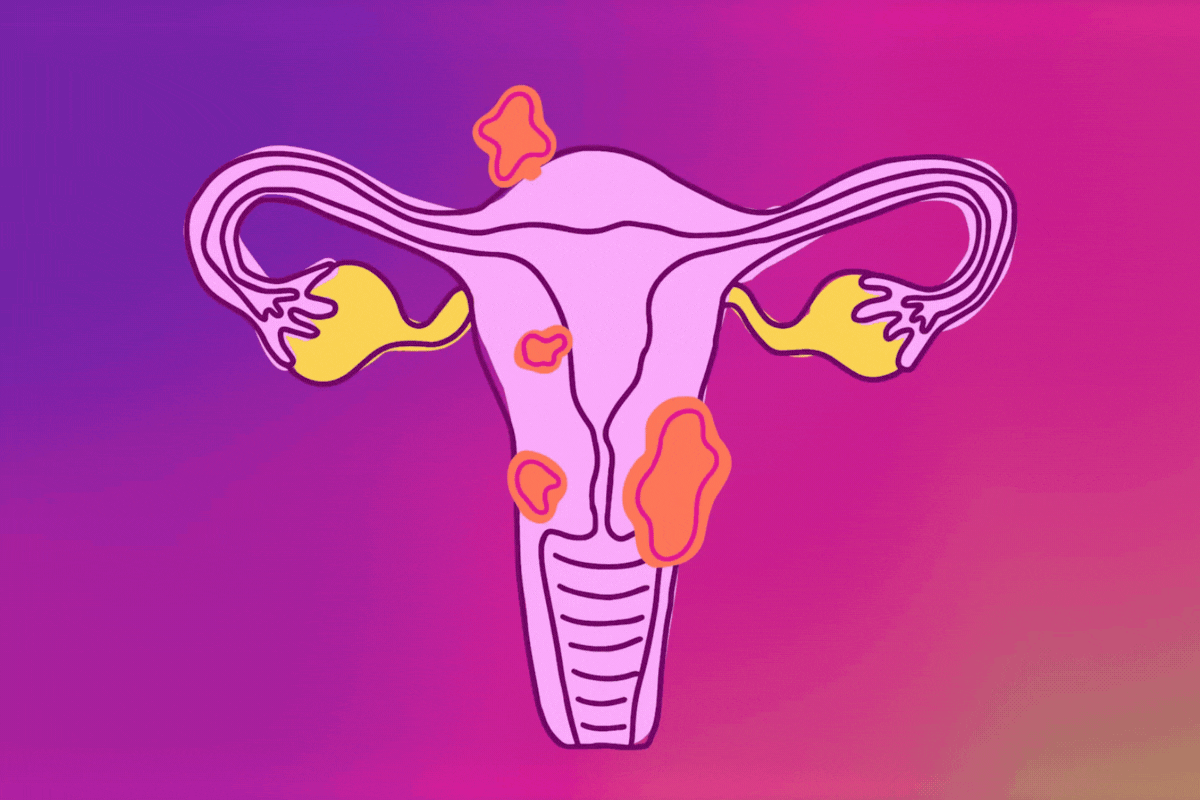Uterine fibroids are so common that up to 8 out of 10 women will develop them before they reach age 50. These non-cancerous growths generally aren’t considered dangerous and some fibroids cause no symptoms at all. But depending on their size, place and number, fibroids can cause complications or symptoms such as pelvic pain, bladder issues or heavy menstrual bleeding.
There are a range of surgical treatments available if fibroids are affecting your health or quality of life. HealthyWomen spoke with Monique Farrow, M.D., assistant professor of clinical obstetrics and gynecology and robotic surgery specialist at the University of Pennsylvania Perelman School of Medicine to learn about the latest surgical treatments.
How can someone decide what type of fibroid surgery is best for them?
Women and their healthcare providers will have to factor in considerations like the symptoms they are experiencing, their lifestyle, their individual goals and preferences — and fertility. Surgical options can range from minimally invasive surgeries like laparoscopic or robotic surgery or radiofrequency ablation, which use smaller incisions, to open surgery or even a full hysterectomy, which requires removing the uterus. An ablation procedure will shrink the fibroid; a myomectomy will remove the fibroid.
What are the recovery times for the different types of surgical treatments for fibroids?
Minimally invasive surgeries are generally outpatient procedures done under lighter sedation or anesthesia. After radiofrequency ablation, a person can expect to return to regular activity within a week. After laparoscopic or robotic surgery, recovery can take two to four weeks. Open surgery or hysterectomy is inpatient, requires a hospital stay of a couple days, and has a four-to-six-week recovery.
What are the differences between laparoscopic and robotic-assisted fibroid surgery?
Both are considered minimally invasive surgeries. In a laparoscopic surgery, the surgeon will make a small incision in the abdomen. With robot assistance, doctors can use even finer instruments to get into tight spaces, get higher magnification and improve results. The two approaches are very similar, but the robot-assisted technology simply allows additional benefits.
What are the benefits of laparoscopic surgery and robotic-assisted surgery?
Grouped together as minimally invasive surgeries, these procedures have quicker recovery times than open surgery, reduced risk of complications due to blood loss or anesthesia, and a quicker return to daily activity. The additional technology of robotic-assisted surgery can increase the chances that a patient can have a minimally invasive procedure rather than an open surgery or hysterectomy. If a person has multiple fibroids, for instance, or fibroids located deep in the pelvis, technology can improve access to these areas.
What surgical treatments for fibroids should people consider if they want to get pregnant in the future?
Myomectomy is your only surgical option if you’re considering a future pregnancy. This is a surgery that removes the fibroid. It can be performed through minimally invasive techniques or open surgery.
Can fibroids return after treatment?
Absolutely. Fibroids can come anywhere from 15% to 33% of the time. This possibility can be a guiding factor in deciding what treatment to have.
Are minimally invasive surgical options for fibroids available to all people who may be considering them?
Unfortunately, in the U.S., access to resources can vary depending on insurance coverage and geography. A woman may need to travel to find minimally invasive options. Most major academic and regional hospitals employ a handful of doctors who can do these procedures. There are, unfortunately, disparities in care. For example, Black women are less likely to be offered minimally invasive options. I encourage women to always get a second opinion if possible. There are differing levels of expertise and experience out there.
How can a patient find a surgeon who is trained in minimally invasive procedures?
Try your insurance website or medical websites. The American College of Obstetrics and Gynecology (ACOG) has an option to search by region, specialty and certification in minimally invasive surgery.
This educational resource was created with support from Intuitive.
- Clinically Speaking: What Are My Options Following a Uterine Fibroid Diagnosis? ›
- Health Insurance 101: How to Choose Health Insurance When You Have Fibroids ›
- What to Know About Uterine Fibroids ›
- Fibroids Hub - HealthyWomen ›
- Radiofrequency Ablation (RFA) Is a Treatment Option for Fibroids ›
- There’s Nothing Normal About Uterine Fibroids - HealthyWomen ›
- Opciones quirúrgicas para fibromas - HealthyWomen ›
- Surgical Options for Fibroids - HealthyWomen ›







